In this article, we will discuss:
- What Are The Strategy Legs?
- What Will Be The Payoff?
- Who Can Deploy This Strategy?
- When Should This Strategy Be Deployed?
- Understanding Strategy Greeks
- Things to Keep In Mind
- Adjusting Straddle
Option trading is a popular way of speculating on the movements of the stock market. Options are contracts that give the buyer the right, but not the obligation, to buy or sell an underlying asset at a specified price and time. Options can be used for various purposes, such as hedging, income generation, or speculation.
One of the most common option strategies is the straddle, which involves buying or selling both a call and a put option of the same strike price and expiry. A straddle can be either long or short, depending on whether the trader buys or sells the options.
What Are The Strategy Legs?
To execute a bearish straddle strategy, the trader needs to sell one call option and one put option of the same strike price and expiry. The strike price should be lower than the current market price of the underlying asset, also known as the at-the-money (ATM) strike price. For example, if the underlying stock is trading at Rs. 100, the trader can sell a call and a put option of Rs. 95 strike price and one month expiry.
The reason for choosing a lower strike price is because the user has a bearish view.
What Will Be The Payoff?
The payoff of a bearish straddle strategy depends on the price movement of the underlying asset at the expiry of the options. The trader will make a profit if the underlying asset remains near the strike price, and will incur a loss if the underlying asset moves significantly above or below the strike price.
The maximum profit of a bearish straddle strategy is limited to the net premium received for the options, which occurs when the underlying asset expires at the strike price. The maximum loss of a bearish straddle strategy is unlimited, as the trader can lose from a large upward or downward movement of the underlying asset.
Who Can Deploy This Strategy?
A bearish straddle strategy is suitable for traders who have a moderately bearish view on the underlying asset and expect a slight or no price movement. This strategy is also suitable for traders who want to take advantage of low volatility in the market, as the lower the volatility, the lower the chances of a large price movement.
However, this strategy is not suitable for traders who have a conservative or risk-averse approach, as this strategy involves a high risk of unlimited loss. This strategy also requires constant monitoring and adjustment, as the trader needs to be aware of the price movements and the time decay of the options.
When Should This Strategy Be Deployed?
A bearish straddle strategy should be deployed when the trader anticipates a minor event or news that can cause a slight or no price movement in the underlying asset. For example, the trader can use this strategy after the announcement of quarterly results, corporate actions, policy changes, or macroeconomic data. The trader should also check the implied volatility of the options, as higher the implied volatility, higher will be the income of the strategy.
However, the trader should also be aware of the risks involved in this strategy, such as the possibility of the underlying asset moving significantly above or below the strike price, which can result in a huge loss. The trader should also be aware of the time decay of the options, as the value of the options will decrease as the expiry date approaches, unless there is a significant price movement.
Understanding Strategy Greeks
The Greeks are the parameters that measure the sensitivity of the option price to various factors, such as the price of the underlying asset, the volatility of the underlying asset, the time to expiry, and the interest rate. The main Greeks that affect the bearish straddle strategy are delta, gamma, theta, and vega.
Delta measures the change in the option price with respect to the change in the underlying asset price. A positive delta means the option price will increase when the underlying asset price increases, and vice versa. A negative delta means the option price will decrease when the underlying asset price increases, and vice versa.
Gamma measures the change in the delta with respect to the change in the underlying asset price.
Theta measures the change in the option price with respect to the change in the time to expiry. A negative theta means the option price will decrease as the time to expiry decreases, and vice versa.
Vega measures the change in the option price with respect to the change in the volatility of the underlying asset. A positive vega means the option price will increase when the volatility of the underlying asset increases, and vice versa.
Things to Keep In Mind
A bearish straddle strategy is a high-risk, low-reward strategy that requires careful planning and execution. Some of the things that the trader should keep in mind while deploying this strategy are:
- Do not select very far away strikes, as the delta will be higher, increasing the risk of the strategy.
- Do not deploy this strategy when the implied volatility is very low, as the option price will be lower and the potential income will also be lower.
- Try to hold the strategy till expiry as time decay near expiry will be faster and hence profit/loss can be higher.
- Do not ignore the impact of dividends, interest rates, and corporate actions on the option price, as they can affect the income and the risk of the strategy.
Adjusting Straddle
A bearish straddle strategy involves unlimited risk, as the trader can lose the entire premium received if the underlying asset moves significantly above or below the strike price. Therefore, the trader should maintain a strict stop-loss and exit the strategy if the view goes wrong. However, if the trader does not want to exit the strategy, there are some ways to adjust the strategy to reduce the risk and improve the income. Some of the ways to adjust the strategy are:
- Exit the straddle and enter a new straddle with a revised strike price, based on the current market price of the underlying asset. This will increase the income of the strategy and decrease the delta of the options.
- Buy a call option if there is a risk of an upside breakout. The strike price of the call option should be near the upper breakeven point of the straddle. This will cap the loss on the upside and increase the income potential in the middle range.
- Buy a put option if there is a risk of a downside breakout. The strike price of the put option should be near the lower breakeven point of the straddle. This will cap the loss on the downside and increase the income potential in the middle range.
Samco Options B.R.O. is a feature in the Samco trading app that helps you select the best options trading strategy based on your market view, risk appetite, and return expectations. It also provides you with the optimal strike prices, expiry dates, and quantities for your chosen strategy.
Disclaimer: INVESTMENT IN SECURITIES MARKET ARE SUBJECT TO MARKET RISKS, READ ALL THE RELATED DOCUMENTS CAREFULLY BEFORE INVESTING. The asset classes and securities quoted in the film are exemplary and are not recommendatory. SAMCO Securities Limited (Formerly known as Samruddhi Stock Brokers Limited): BSE: 935 | NSE: 12135 | MSEI- 31600 | SEBI Reg. No.: INZ000002535 | AMFI Reg. No. 120121 | Depository Participant: CDSL: IN-DP-CDSL-443-2008 CIN No.: U67120MH2004PLC146183 | SAMCO Commodities Limited (Formerly known as Samruddhi Tradecom India Limited) | MCX- 55190 | SEBI Reg. No.: INZ000013932 Registered Address: Samco Securities Limited, 1004 - A, 10th Floor, Naman Midtown - A Wing, Senapati Bapat Marg, Prabhadevi, Mumbai - 400 013, Maharashtra, India. For any complaints Email - grievances@samco.in Research Analysts -SEBI Reg.No.-INHO0O0005847.

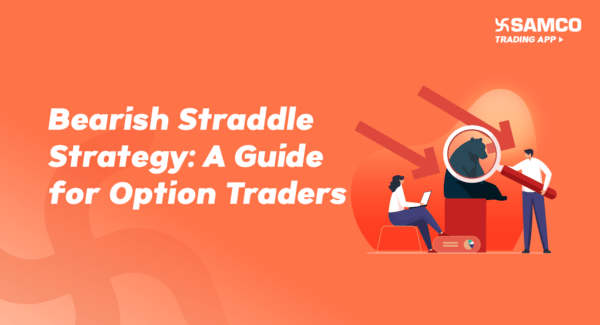
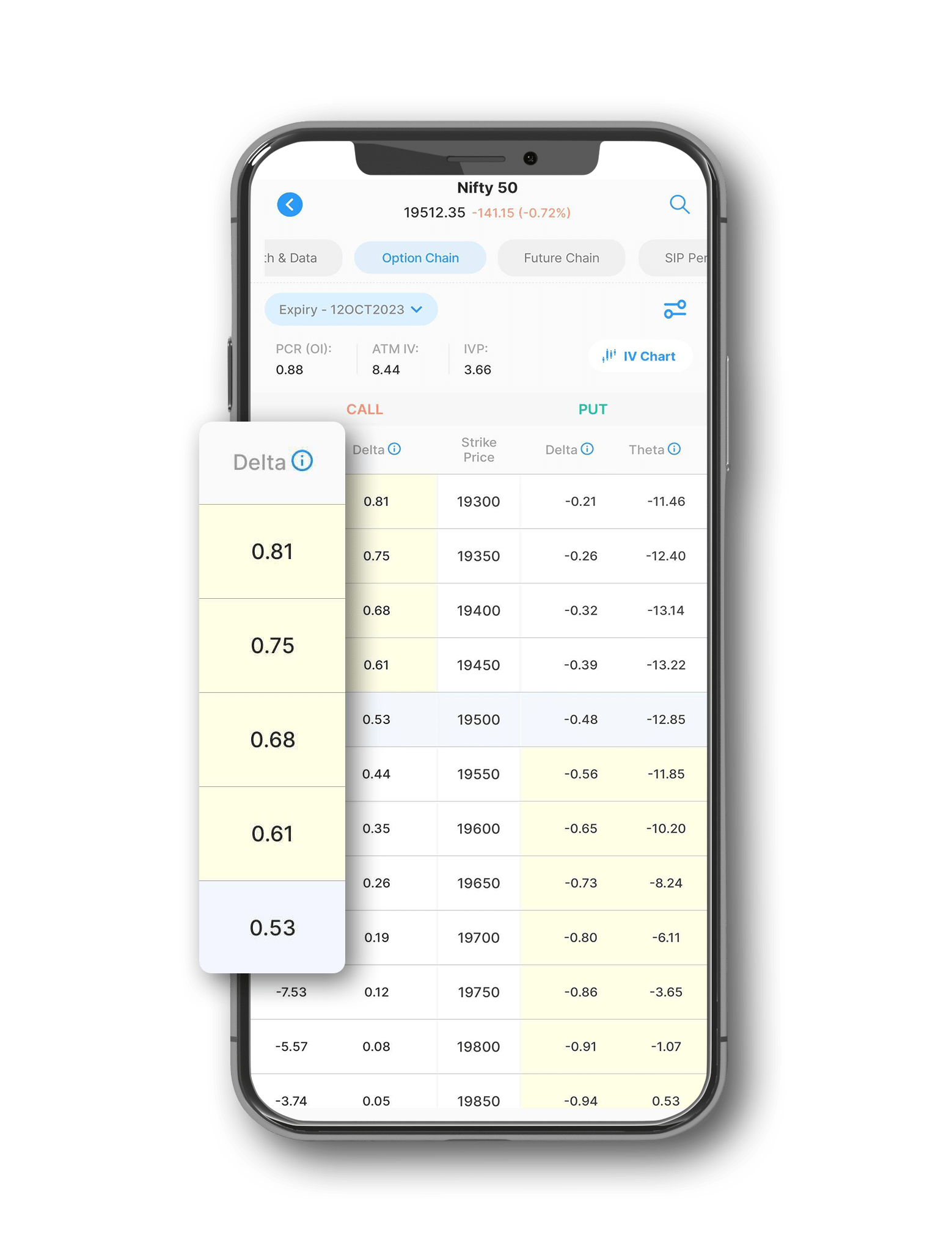
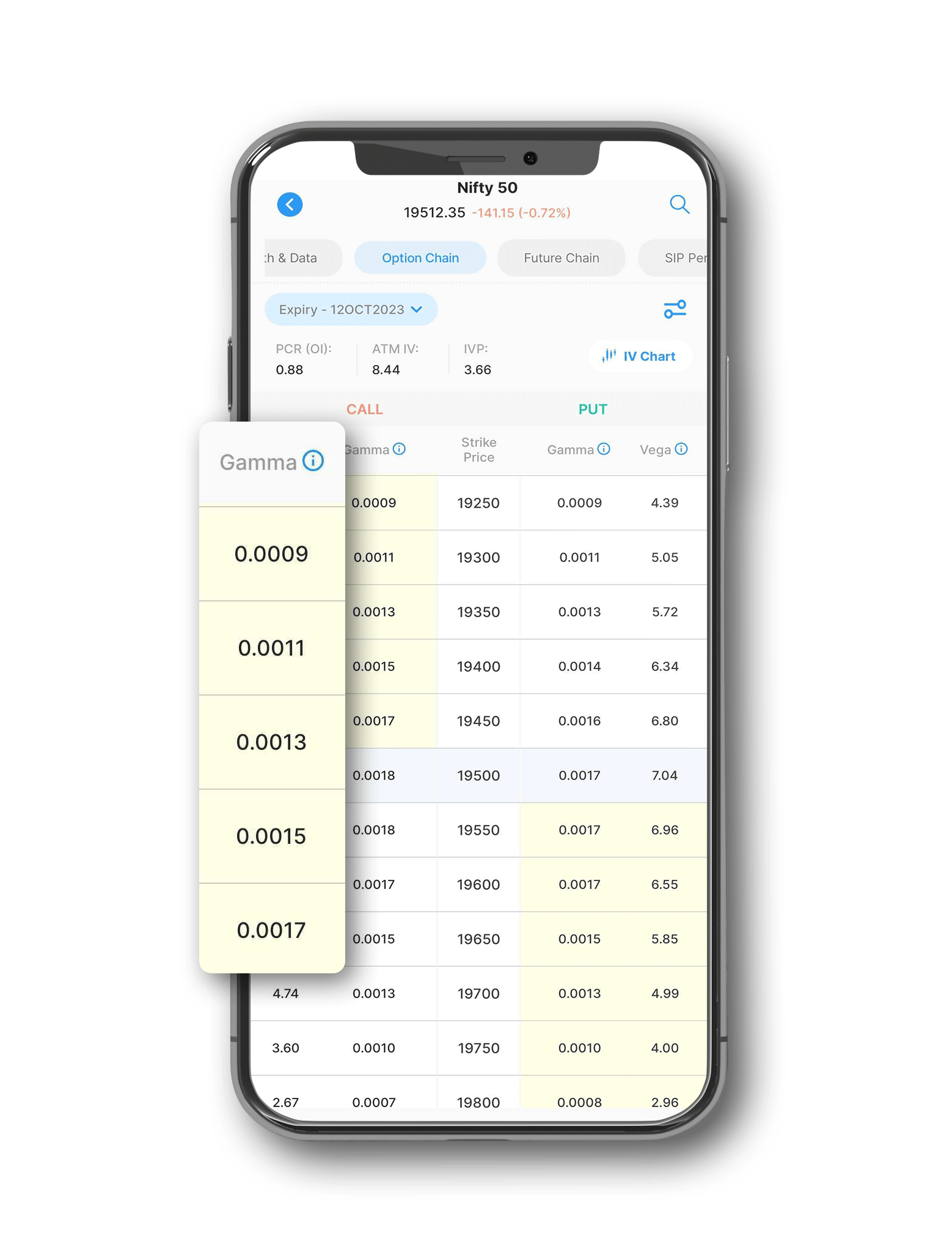
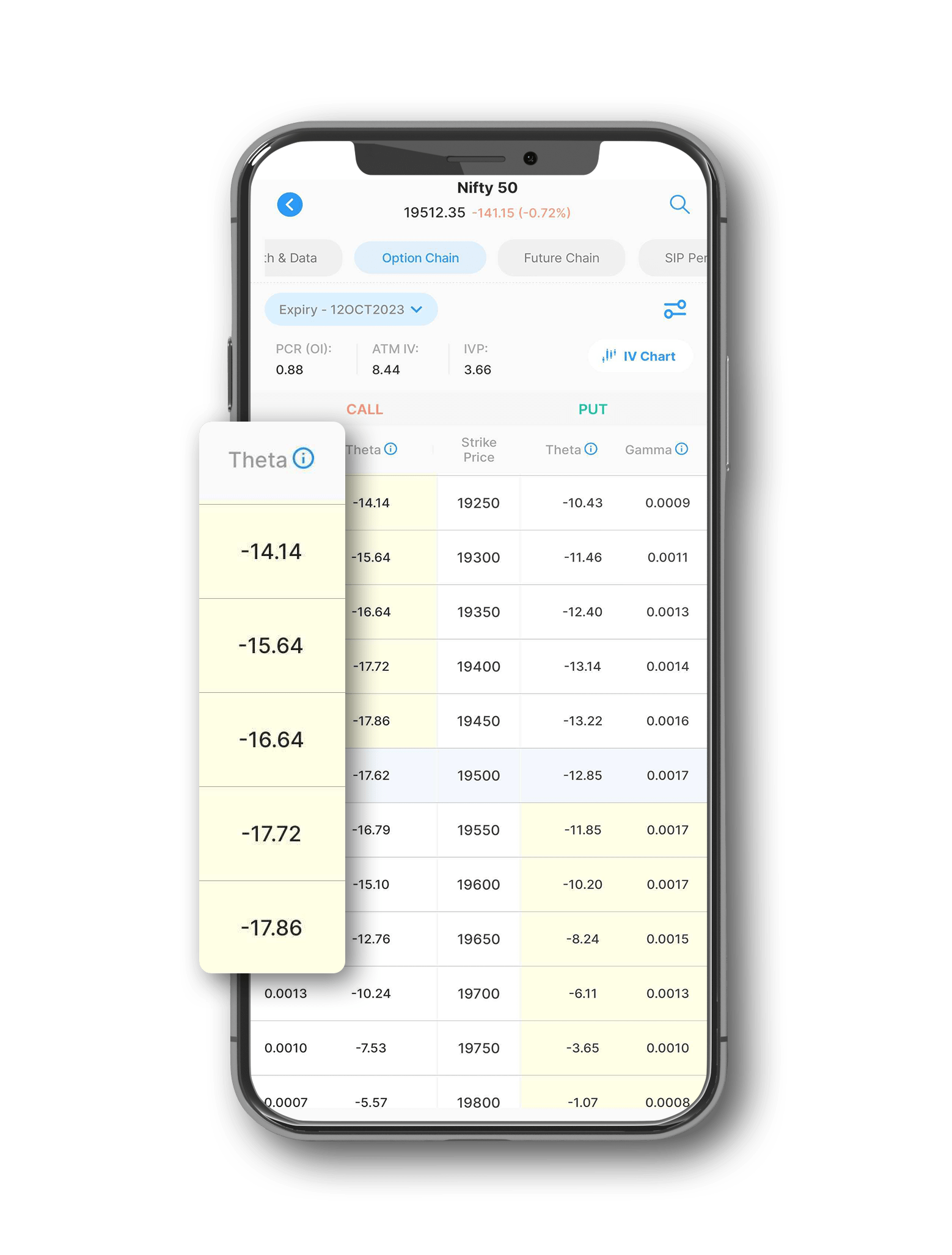
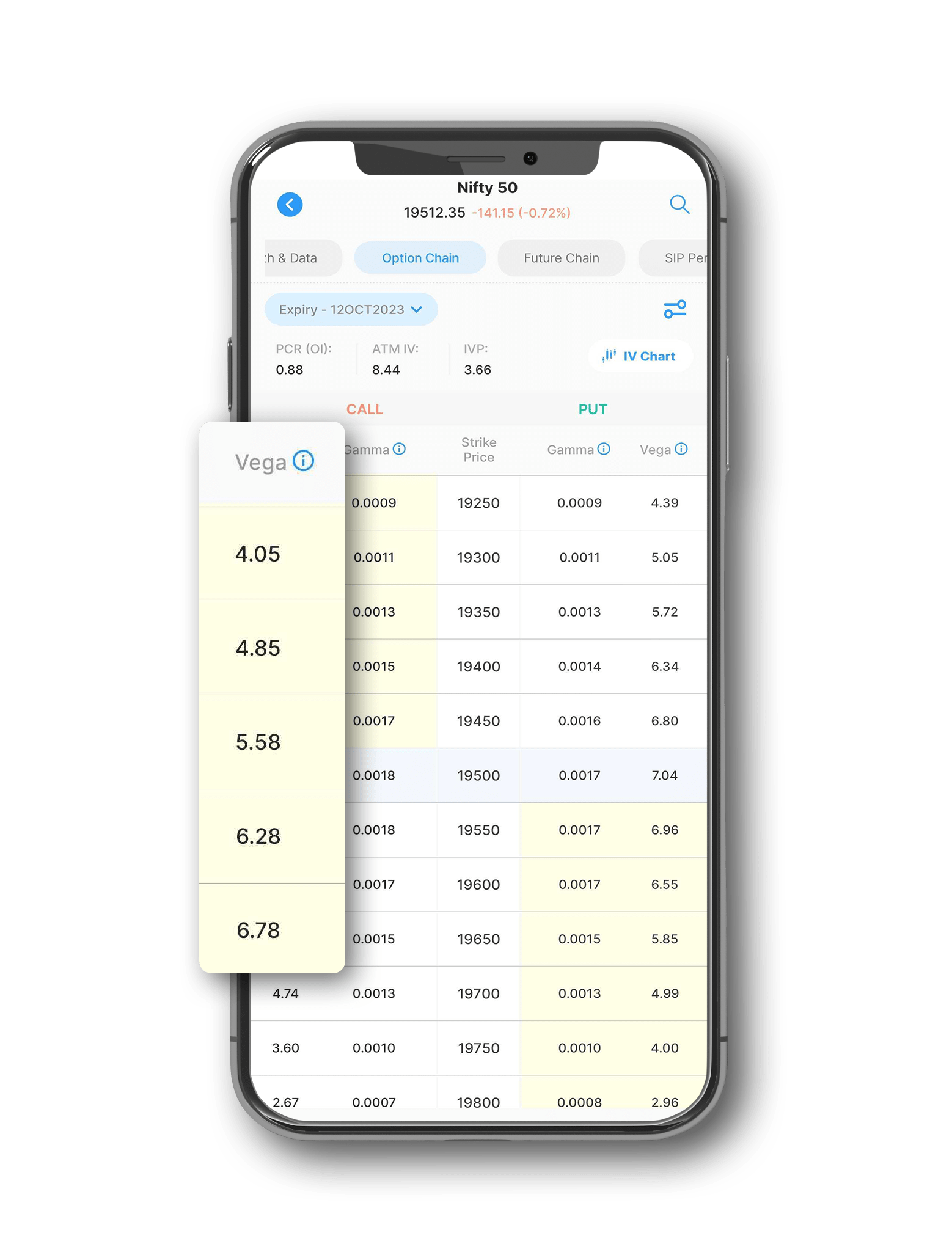


 Easy & quick
Easy & quick
Leave A Comment?